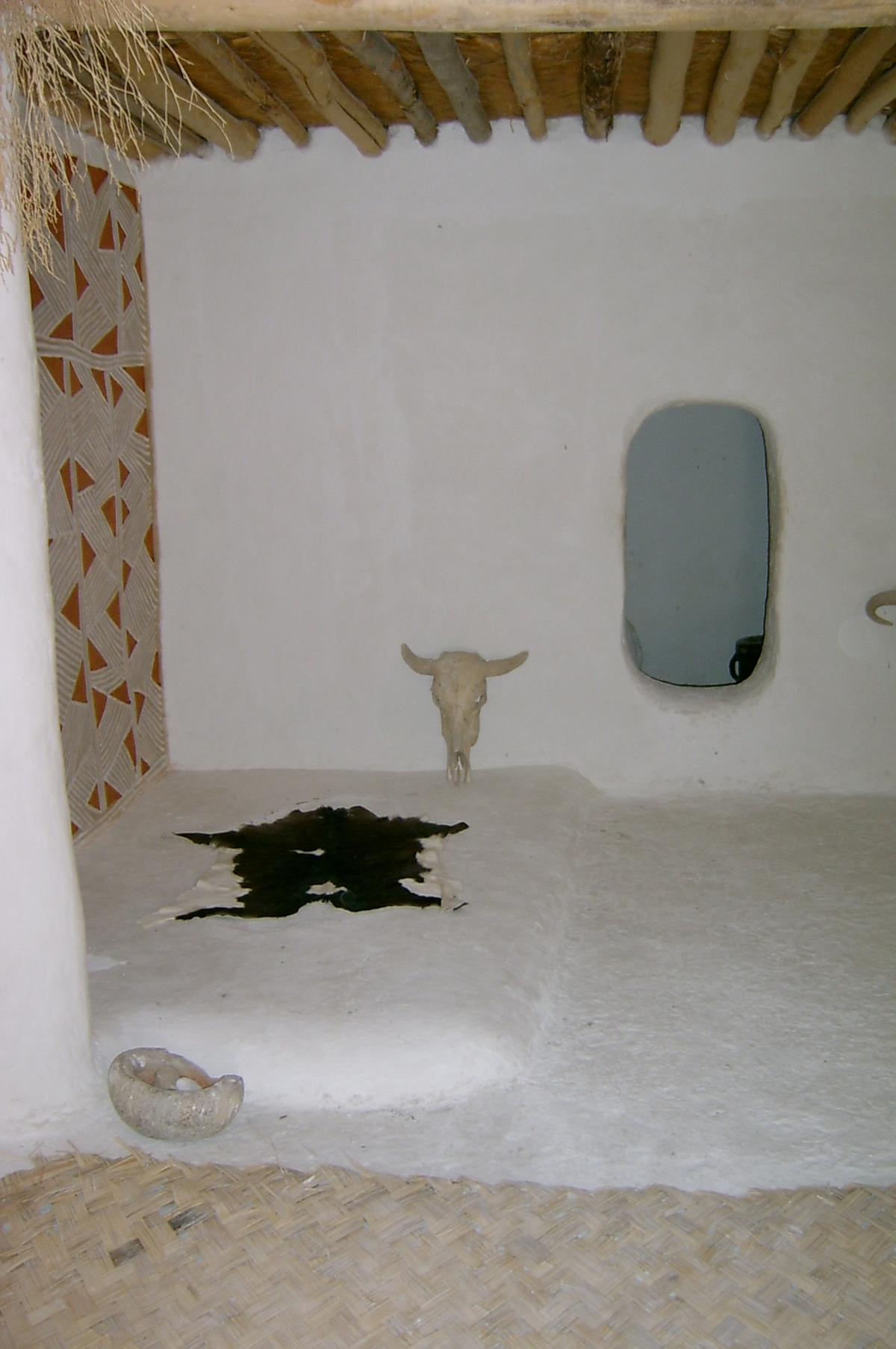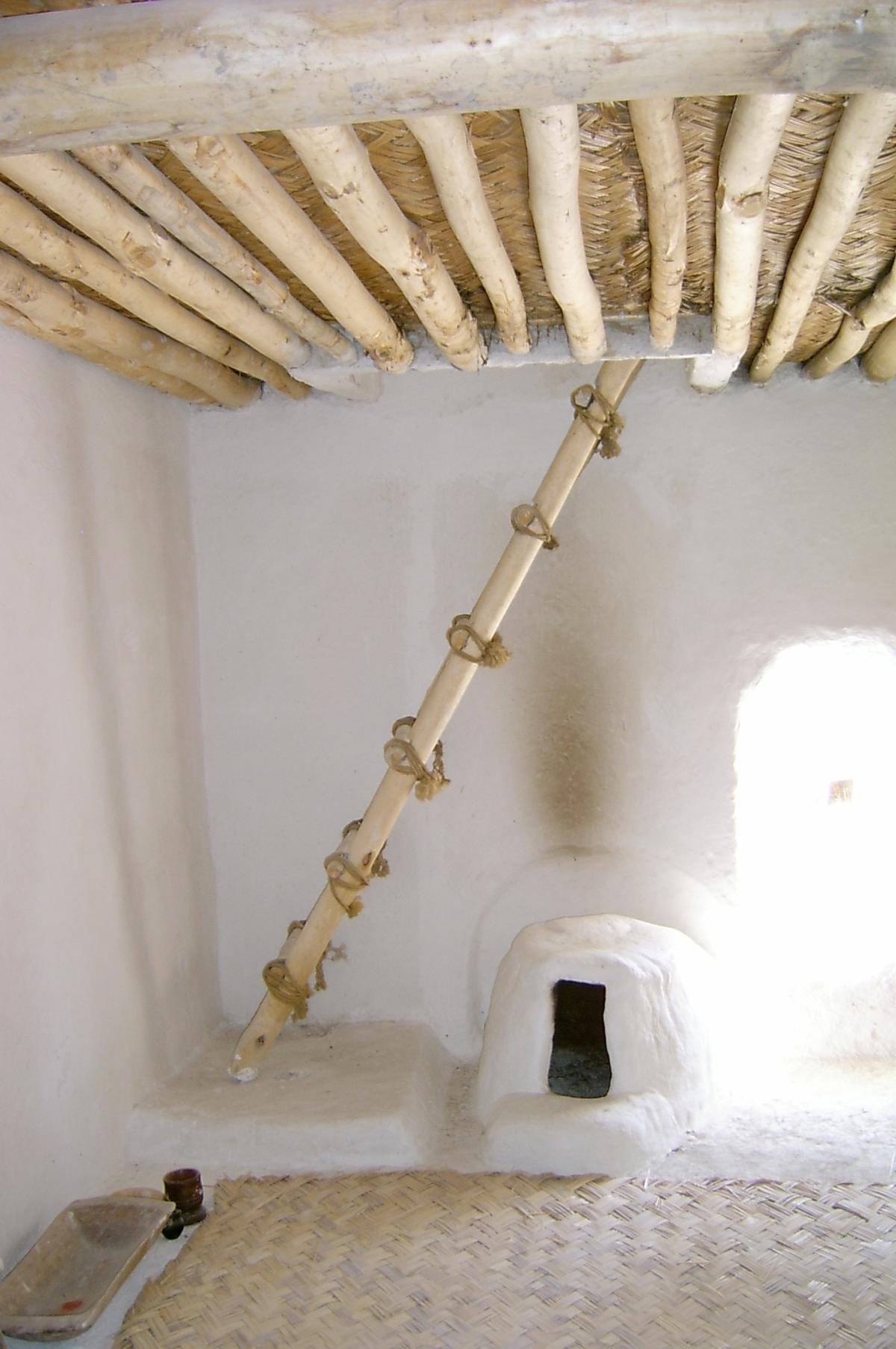Overlooking the Konya Plain in Turkey lies the remarkable and unique ancient city of Çatalhöyük, the largest and best-preserved Neolithic site found to date. At a time when most of the world’s people were nomadic hunter-gatherers, Çatalhöyük was a bustling town of as many as 10,000 people. Inscribed as a UNESCO World Heritage Site, it is known as one of the best sites for understanding human Prehistory.
“The neolithic civilization revealed at Çatalhöyük shines like a supernova among the rather dim galaxy of contemporary peasant cultures,” says James Mellaart, excavator of Çatalhöyük and premier authority on the ancient Near East.
Forming a large hill atop the Southern Anatolian Plateau, the site is like a massive labyrinth of mud-brick houses, often described as a ‘honeycomb city’, made up of 18 successive layers of building representing distinct stages of the city and reflecting different eras of its history. The bottom layer is as early as 7,500 BC while the top layer dates back to 5,600 BC, a point in time in which the city was mysteriously abandoned and moved several miles away across the Carsamba Cay River to Çatalhöyük West, which appears to have been occupied for another 700 years until it too, was abandoned.
Çatalhöyük, which means ‘forked mound’ and refers to the site’s east and west mounds, features a unique and peculiar streetless settlement of houses clustered together in a honeycomb-like maze with most accessed by holes in the ceiling, which also served as the only source of ventilation into the house. The rooftops were effectively streets and may have formed plazas where many daily activities may have taken place. The homes had plaster interiors and each main room served for cooking and daily activities. Ancillary rooms were used as storage, and were accessed through low openings from main rooms. Over time, houses were renewed by partial demolition and rebuilding on a foundation of rubble, which was how the mound was gradually built up. According to UNESCO: “The stratigraphy of up to 18 settlement layers provides an exceptional testimony to the gradual development, re-shaping and expansion of the settlement.”

A model of what a room in Çatalhöyük may have looked like. (Wikimedia Commons)

An Absence of Public Buildings
There are many intriguing conundrums associated with Çatalhöyük, notably: how was the sizable city organised? To date, there is not a shred of evidence for public buildings or a central authority, with the entire excavation site made up of domestic dwellings. While some of the larger dwellings have rather ornate murals, these rooms’ purpose remains unclear. It is possible that they served as shrines or public meeting areas. Was the city surrounded by tent bazaars or temporary market stalls?
House or Tomb?
Perhaps one of the most bizarre features of the houses is the fact that many of them contained bodies buried in pits under the floor and beneath hearths and platforms. Skeletons were buried in a fetal position, many under raised platforms, which the archaeologists believe were covered with reed mats and used as beds.
Disarticulated bones in some graves suggest that bodies may have been exposed in the open air for a time before the bones were gathered and buried. In some cases, graves were disturbed and the individual’s head removed from the skeleton. These heads may have been used in rituals, as some were found in other areas of the community. Some skulls were plastered and painted with ochre to recreate faces, a custom more characteristic of Neolithic sites in Syria and at Neolithic Jericho than at sites closer by.
The Mystery of the Clay Balls
Another strange feature of this unique city is the presence of thousands, perhaps hundreds of thousands of baseball sized clay balls. They are made of fired clay and appear to have been formed by hand because some of them have got big fingerprints and nail prints in them. They were found within houses and scattered throughout the mound.
The purpose of the balls is still unclear with some archaeologists suggesting they had something to do with cooking, because they were found with ash deposits, and others proposing that they were used as weapons. However, some of the balls have strange markings in them which has led some experts to believe that they were used for counting or as some part of some kind of bartering system.
Significant Human Settlement Documenting Neolithic Life
UNESCO has stated that the site is exceptional for its substantial size and great longevity of the settlement: “its distinctive layout of back-to-back houses with roof access, the presence of a large assemblage of features including wall paintings and reliefs representing the symbolic world of the inhabitants. On the basis of the extensively documented research at the site, the above features make it the most significant human settlement documenting early settled agricultural life of a Neolithic community.”
Republished with permission from Ancient Origins. Read the original.



